Help me choose new slab
nobees
10 years ago
Related Stories
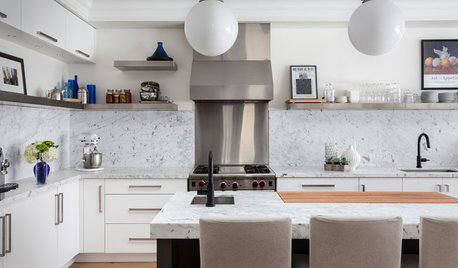
KITCHEN BACKSPLASHESWhy You Should Embrace a Solid Slab Backsplash
The effect is stunning, and yet the cost can be minimal. Here’s what to know about using full slabs of stone in your kitchen
Full Story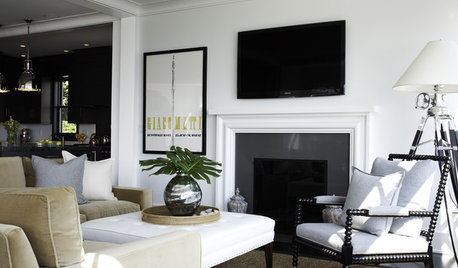
FIREPLACESSleek, Beautiful Stone Slab Fireplace Surrounds
Refresh the look of your home's fireplace with a stone slab surround
Full Story
BATHROOM WORKBOOKStandard Fixture Dimensions and Measurements for a Primary Bath
Create a luxe bathroom that functions well with these key measurements and layout tips
Full Story
KITCHEN DESIGNKey Measurements to Help You Design Your Kitchen
Get the ideal kitchen setup by understanding spatial relationships, building dimensions and work zones
Full Story
DECLUTTERINGDownsizing Help: Choosing What Furniture to Leave Behind
What to take, what to buy, how to make your favorite furniture fit ... get some answers from a homeowner who scaled way down
Full Story
STANDARD MEASUREMENTSThe Right Dimensions for Your Porch
Depth, width, proportion and detailing all contribute to the comfort and functionality of this transitional space
Full Story
ORGANIZINGDo It for the Kids! A Few Routines Help a Home Run More Smoothly
Not a Naturally Organized person? These tips can help you tackle the onslaught of papers, meals, laundry — and even help you find your keys
Full StoryMore Discussions






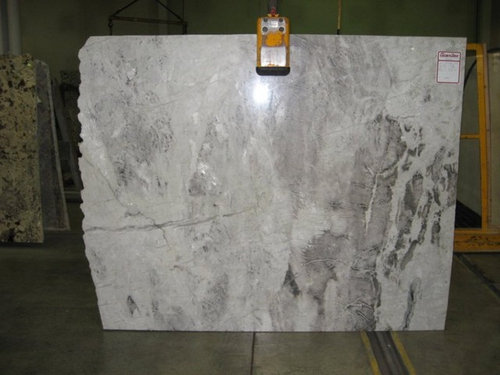
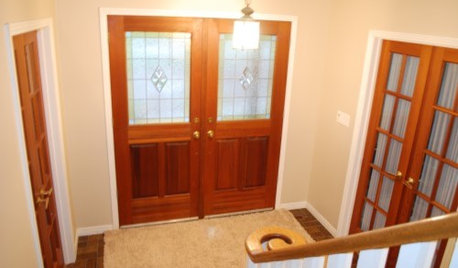


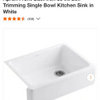



nobeesOriginal Author
nobeesOriginal Author
Related Professionals
Oneida Kitchen & Bathroom Designers · Winton Kitchen & Bathroom Designers · Eagle Mountain Kitchen & Bathroom Remodelers · Grain Valley Kitchen & Bathroom Remodelers · Cloverly Kitchen & Bathroom Remodelers · 93927 Kitchen & Bathroom Remodelers · Lyons Kitchen & Bathroom Remodelers · Rochester Kitchen & Bathroom Remodelers · Superior Kitchen & Bathroom Remodelers · Vashon Kitchen & Bathroom Remodelers · Crestline Cabinets & Cabinetry · Fort Lauderdale Cabinets & Cabinetry · Homer Glen Cabinets & Cabinetry · Lockport Cabinets & Cabinetry · Palos Verdes Estates Design-Build FirmsHolly- Kay
Vertise
karin_mt
jmaurry
jmaurry
karin_mt
nobeesOriginal Author
nobeesOriginal Author
nobeesOriginal Author
Mrs_Nyefnyef
nobeesOriginal Author
karin_mt
nobeesOriginal Author
nobeesOriginal Author
nobeesOriginal Author
karin_mt
nobeesOriginal Author
nobeesOriginal Author
karin_mt
nobeesOriginal Author
nobeesOriginal Author
nobeesOriginal Author
karin_mt
joellen01
kksmama
nobeesOriginal Author
karin_mt